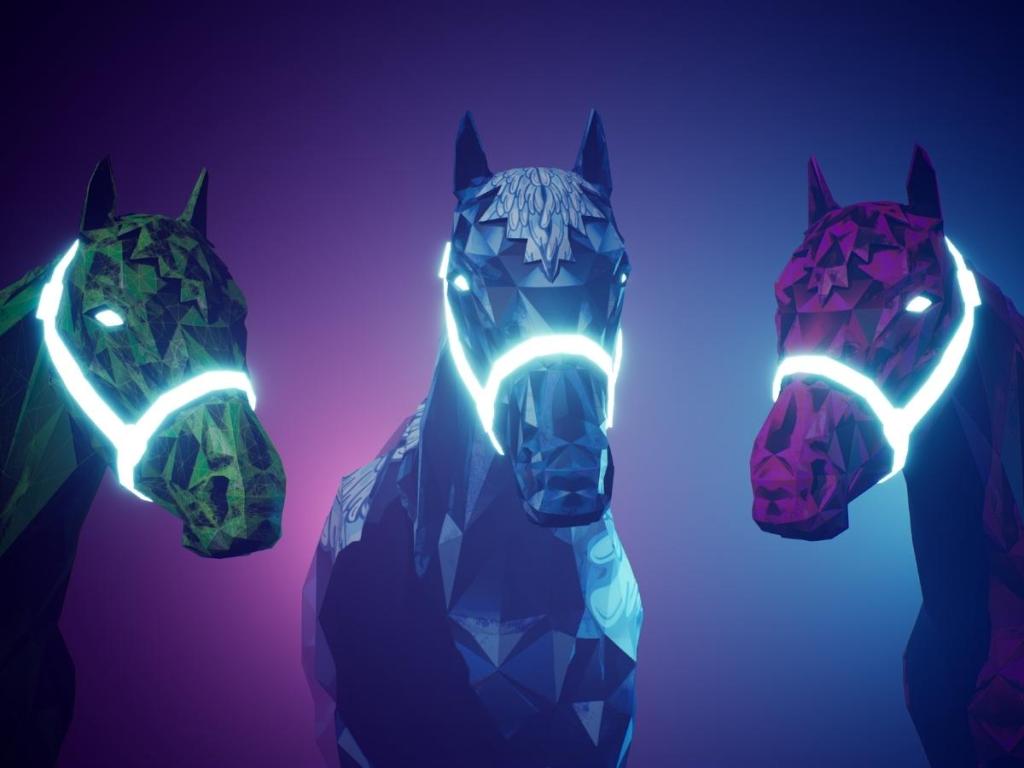Blockchain Horse Racing: Australian Web3 project Zed Run allows its users to own, breed and race their digital horses.
There’s a new type of gaming on the block and it’s responsible for punters being paid out more than US$40 million in winnings since its inception in 2019.
Insert Zed Run. The company first made waves in the blockchain gaming sector when world-leading crypto venture capital firm Andreessen Horowitz (a16z) decided to invest US$20 million in the blockchain-based digital horse racing game midway through last year.
Now, the project has seen racing enthusiasts spend more than US$250 million across its platform and on secondary markets, as equine enthusiasts breed and race their horses in the techno-futuristic landscape of the Zed Run metaverse.
How does Zed Run work?
Zed Run’s horses exist as NFTs on the Polygon blockchain but unlike the vast majority of non fungible tokens — which are typically static images or videos that investors purchase as digital collectibles — every digital horse is what Zed Run’s creators call a “breathing NFT.”
The entire premise behind Zed Run is that it leverages blockchain technology to allow users on the platform to own, breed and race their digital horses for prize money in a skill-based gaming experience. While most everyday people would never be able to afford a real life racing horse — with the cost of a real one ranging anywhere from $75,000 to a whopping $50 million — Zed Run drops that price margin to a far more affordable average price of roughly US$33, according to data from NFT Stats.
While that might seem hefty for a digital horse, owning a horse gives the holders the opportunity to earn money by breeding them in their ‘stable’ or by racing it on the virtual track. To that point, tens of millions in winnings have now been paid out to stable owners and digital racing punters since the project’s inception.
As such, Zed Run seems to be one of the few Play-to-Earn (P2E) games in the blockchain gaming space with a sustainable economic model at its core, as it generates revenue from active players who participate financially in the in-game ecosystem as well as investors who pick up NFT horses on secondary marketplaces.
Zed Run at the Melbourne Cup
Last year Zed Run teed up an ongoing partnership with Victoria Racing Club, where the company hosted a ‘virtual Melbourne Cup’ in the metaverse where peeps could tune into the day’s action virtually.
Blockchain horse racing: But where’s the fun at?
Recently, the blockchain gaming industry has earned an unfortunate reputation among gamers, who routinely criticise the space for lacking any real utility beyond speculative investing and providing “subpar” gaming experiences.
A new report found that despite nearly US$5 billion being funnelled into the blockchain-based gaming sector, the overwhelming majority of users (65%) found the concept of “fun” to be sorely lacking.
Zed Run however appears to be bucking that trend. With more than 150,000 races on its platform every month and a healthy ecosystem of more than 40,000 active users, the game appears to have struck a high degree of success and user engagement exceeding that of most other blockchain games to date.
Additionally, many Australian users on the platform credit Zed Run with helping them to understand the utility of blockchain technology more broadly, something that was mentioned in a recent Zed Run-hosted Twitter space.





